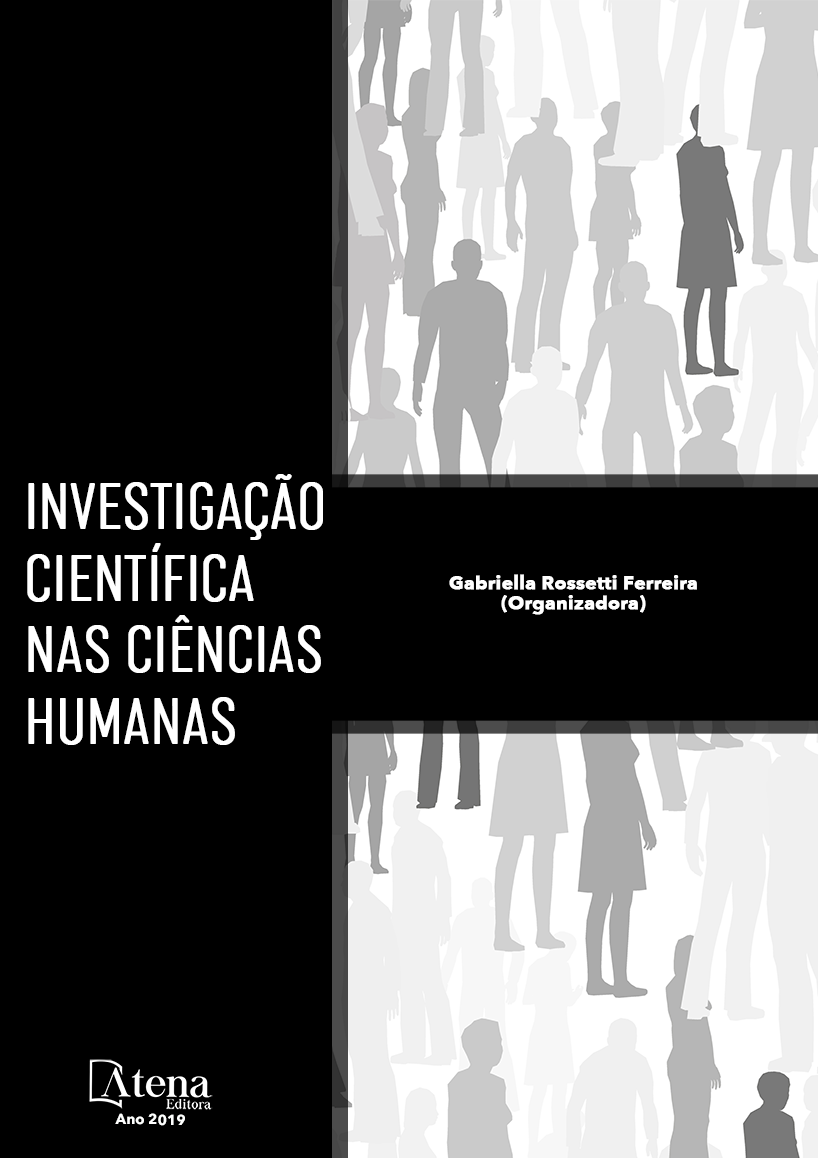
A OBRA SPACCIO DE LA BESTIA TRIONFANTE: COMO REFLEXO DA CRISE RELIGIOSA ENTRE REFORMADOS E CATÓLICOS NO SÉCULO XVI
A Europa no século XVI estava
imersa em uma crise religiosa, causada pelos
conflitos decorrentes das reformas cristãs. É
sob este contexto, que Giordano Bruno (1548-
1600), publica em Londres a obra Spaccio de
la besta trionfante (1584). Nosso trabalho tem
como objetivo apresentar a metáfora bruniana
da reforma celeste como crítica das reformas de
seu tempo. Para Bruno, a função da religião é
manter a harmonia entre os homens e zelar pelo
bom convívio social, através da moral, embutida
nas doutrinas. Porém, surgiu com as reformas,
a guerra entre os homens, neste sentido o autor
observa que a religião perdeu a capacidade de
cumprir seu papel social. Segundo o nolano,
a paz só poderá ser novamente estabelecida
na terra pelo uso da força e da sabedoria, que
deve exterminar a falsa religião, que subverte
os valores morais. Na obra, Bruno apresenta
uma amarga crítica moral aos reformados e
católicos. Para Bruno é necessário que o poder
político assegure por meios de leis civis a
manutenção do relacionamento do ser humano
com os ser divino, a fim de extinguir os conflitos
e favorecer o bom convívio social. Nesse sentido
compreendemos que a obra é uma reflexão de
quanto o poder religioso, que estava corrompido
pelos vícios, dominava o pensamento do
homem medieval e de que através dele, esse
homem não conseguia encontrar o caminho
da virtude, ou seja, é preciso deixar a religião
no seu lugar, para que o homem saia da crise
religiosa, política e social que estava sofrendo.
A OBRA SPACCIO DE LA BESTIA TRIONFANTE: COMO REFLEXO DA CRISE RELIGIOSA ENTRE REFORMADOS E CATÓLICOS NO SÉCULO XVI
-
DOI: 10.22533/at.ed.9101918067
-
Palavras-chave: filosofia; moral; crise; religião; reforma; metáfora.
-
Keywords: philosophy; moral; crisis; religion; reform; metaphor.
-
Abstract:
Europe in the sixteenth century
was immersed in a religious crisis, caused by
the conflicts arising from Christian reforms. It is
in this context that Giordano Bruno (1548-1600)
publishes in London the work The expulsion
of the triumphant beast (1584). Our work aims
to present the Brunian metaphor of celestial
reform as a critic of the reforms of his time. For
Bruno, the function of religion is to maintain
harmony among men and to watch over good social living, through morality, embedded
in doctrines. However, it arose with the reforms, the war between men, in this sense
the author notes that religion has lost the ability to fulfill its social role. According to the
nolano, peace can only be established again on earth by the use of force and wisdom,
which must exterminate the false religion, which subverts moral values. In the work,
Bruno presents a bitter moral criticism to the retired and Catholics. For Bruno it is
necessary that political power ensures by means of civil laws the maintenance of the
relationship of the human being with the divine being, in order to extinguish the conflicts
and favor the good social life. In this sense we understand that the work is a reflection
of how much the religious power, which was corrupted by the vices, dominated the
thought of medieval man and that through him, this man could not find the path of
virtue, that is, religion in its place, so that man would get out of the religious, political
and social crisis he was suffering.
-
Número de páginas: 15
- Ideusa Celestino Lopes
- Raimundo Pedro Justino de Orlanda


